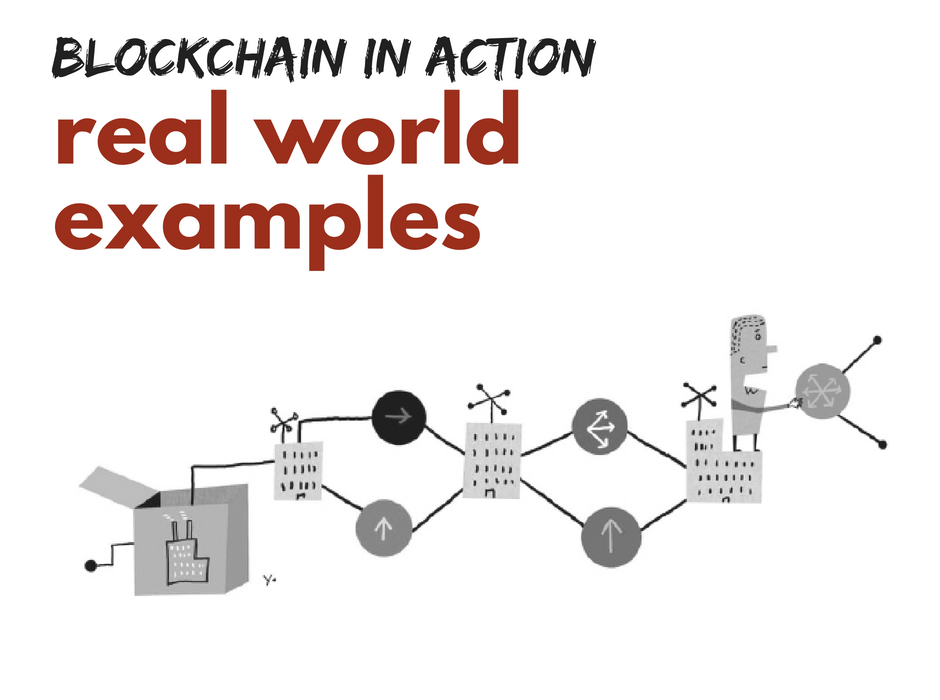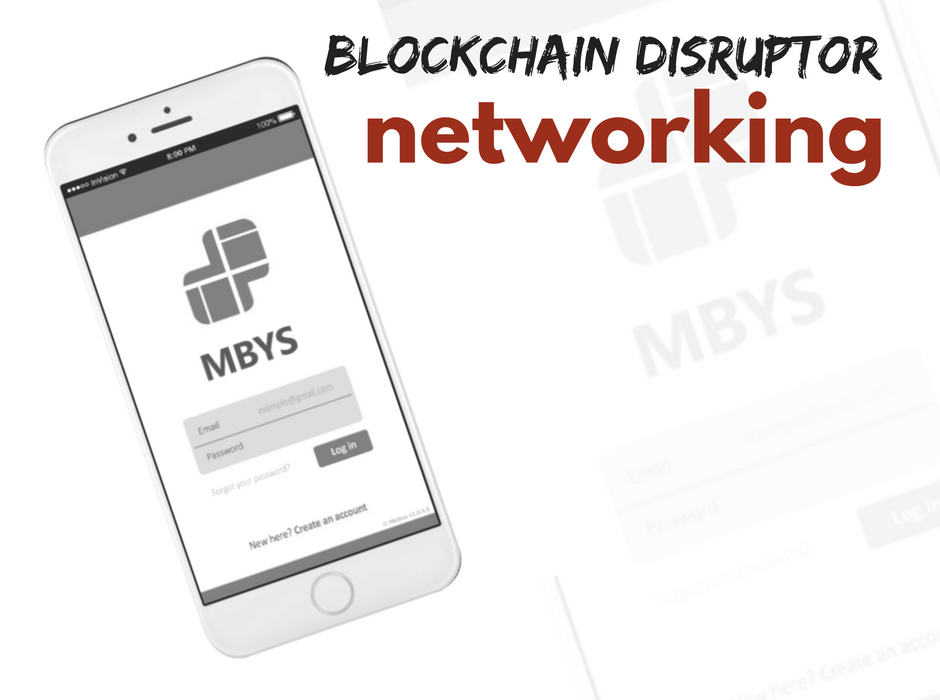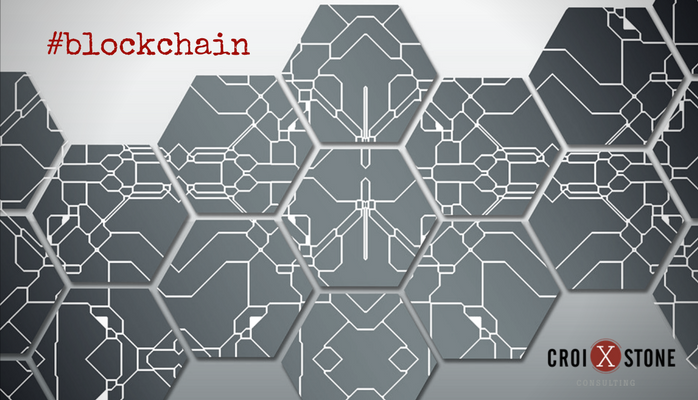Blockchain in Action
Because Croixstone agrees with experts that blockchain has the potential to “change the world” (think of it as the “Internet of Value or of Money”), we believe in the value of repeatedly spotlighting this technology. The Enterprisers Project (a community of CIOs who discuss the future of business and IT) recently shared 5 real world examples across 5 industries where blockchain projects are showing tangible progress. Learn more here.




